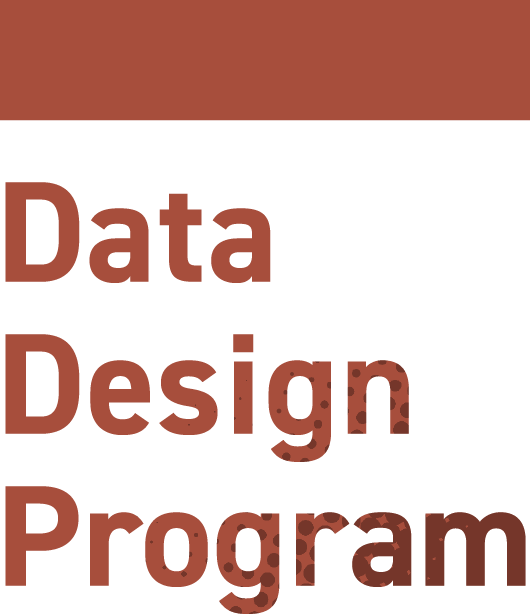 Curriculum (core courses)
Curriculum (core courses)
-
Basics of Information Science and Statistics
In recent years, cutting-edge methods such as digital social experiments using big data and collective intelligence are being used in product development and service planning. This lecture focuses on the fusion of information science and social science (including social implementation) and introduces methods for acquiring and verifying information to understand human decision-making patterns. Specifically, the first half of the lecture introduces methodologies and application examples of social experiments in the information society based on the findings of computational social science. The second half introduces the basics of statistics for drawing conclusions from data that can be useful in business situations.
-
Programming in Practice
Studying programming is said to be the simplest language study in the world. By following simple grammar and writing a few lines of code, you can communicate with data and AI. The most crucial objective of this class is to eliminate the fear of programming and to make friends with algorithms. In an active learning format, using real-world data, students can study basic Python operations, data visualization, and simple statistical analysis techniques in collaboration with their peers.
-
Basics of New Product Development Studies
It is said that only one out of 3,000 rough ideas becomes a commercially successful one. Despite being vague and difficult to manage, the front-end of new product development (i.e., idea generation, concept development) is an important process that determines the success of the product. In this lecture, we will learn a series of methods for creativity development, project management, and team management, through case studies and academic theory.
-
Fundamentals of Design
The goal of this course is to answer the question “How is it possible to have people without any knowledge or interest in design then learn about design?” Tama Art University Professor Kazufumi NAGAI (also President of HAKUHODO DESIGN Inc.) has structured this course so that a diverse variety of practitioners are invited as guest lecturers. In this course, ‘design’ refers to the general act of designing products and services and the user contact point. Why learn about design? The reason is that the value of the product or service to the user varies depending upon how attractive it is and this has significant effect on profitability and corporate management. Design is also important in creativity education finding ideas for new projects.
-
Design Thinking
& Design ManagementThis course focuses on understanding the ‘why’ in design thinking and design management. There is a great abundance of information available in case studies and practical methods about these two approaches, which are so much in vogue in business and policy circles. Nevertheless, the question as to why they are effective is almost never pursued. This course provides theoretical clues and material to this about these methods for everyone who wants to be one step ahead in design thinking and design management.
-
Media & Service Design
‘Media’ is the plural of medium originally referring to a means of communication and signifying, in particular, the means for communicating information broadly. Media is present in a broad array of forms from newspapers, radio, television, and other forms of mass media to the internet, SNS, and other online media. Recently, media has arrived at a new stage of development where it is not solely conveyed to a broad audience, but individualized to penetrate target demographics more appropriately. The greater use of dynamic interactivity has enhanced its value to a higher level than ever before. ‘Service’ refers to the act of a helpful activity. In a narrow sense, a person may perform a service for another person, but the meaning may also more broadly encompass cases where the agent of the service is not only a person, but an internet algorithm or community rules, or a function embedded in a product. Technological progress has blurred the boundary between media and service. This has placed greater focus on the new media-service fusion that effectively combines these via a design-type approach. This course aims to enhance students understanding through case studies of media and service design, which has continued to develop in recent years as mentioned previously, and afford them better insight into the direction this area will advance in the future.
-
Solving Social Issues
There are numerous social issues prevalent in the world. It is no exaggeration to say that countries (governments), local authorities, businesses, and NGOs all exist to address these social challenges. The seasoned journalist from the Nikkei, who have a wealth of experience in news gathering, will draw on insights gained from interviews. This course will cover significant real-world issues such as population, global warming/climate change, responses to innovation and the digital society, etc. in an omnibus format. Introducing domestic and international data and cases, the journalist will provide explanations from his unique perspective.
-
Workshop
In this workshop, students are separated into groups to develop their problem-solving abilities by discovering issues that need to be addressed, offering solutions to these issues, and developing prototypes embodying their proposals. This process emphasizes the use of data as well as design concepts. In addition, the aim of this workshop is to have students develop a better understanding of the continuum that begins with problem discovery and extends to problem-solving. They will also acquire the basic ability to be able to execute that process.
Completion Requirements
The Data Design Program was launched within the Faculty of Commerce and Management. This is a three-year program starting in the second year and ending in the fourth year.
To successfully complete the program, students must earn 16 required credits and 10 elective credits for a total of 26 credits from classes offered in the DDP curriculum. Students who successfully complete the requirements will be awarded a certificate of completion by the Dean of the Faculty of Commerce and Management.
Students may pause their studies to study abroad, take a leave of absence, or other activity. Credits earned at an institution where a student has studied abroad may be recognized, but not included among the credits required for program completion.



